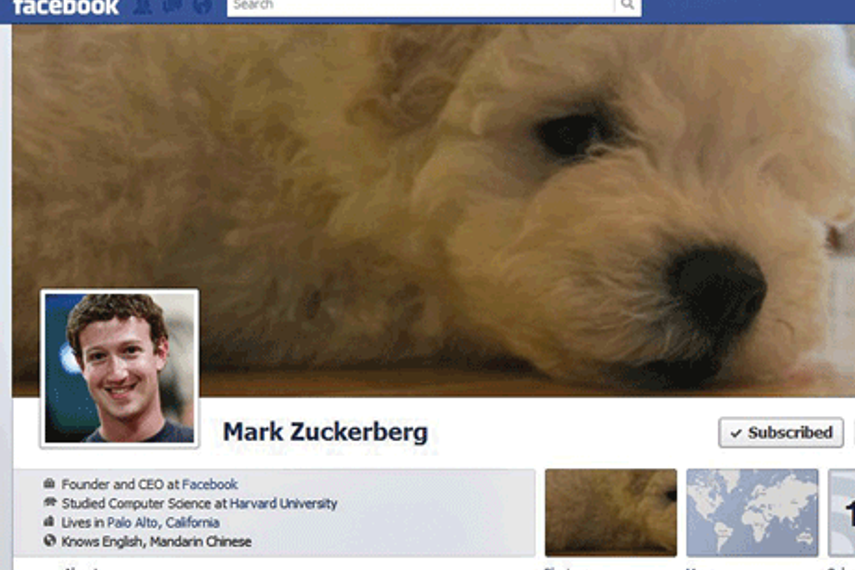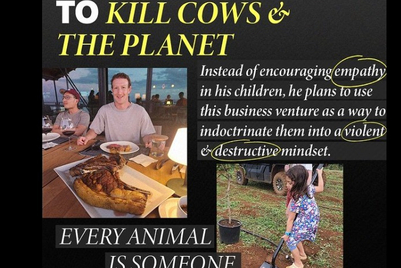
Facebook is a multi-billion dollar business (perhaps a $100 bn price tag post its IPO) and innovation helps it stay that way. Despite boasting 845 million users, according to comScore, a research firm, the company is constantly coming up with innovations to lure more people into their net and once there, to share more and more about anything from travel experiences to marriages and deaths, health of their pets and what they thought about the recent Shah Rukh Khan and Shirish Kunder fight.
In fact, according to a satirical publication, The Onion (as quoted in the Economist dated February 4-10, 2012), the whole thing was the CIA’s idea; digging up this amount of information the old fashioned way would have cost the spooks a fortune.
1. Facebook Timeline, a new-look profile page that offers a chronological list of the user’s life through images, updates, check-ins and shared links, is yet another effort by FB to mine more information from its users. Says Max Hegerman, digital head, JWT India, “The user interface in form of a Timeline changes the profile perspective from current tense to past tense which helps create a sense of context, and stimulate conversations among friends. In addition, I believe FB is leveraging, in a very cool way, the fact that it is one of the largest repositories of photographs on the planet.”
2. Every day, as per comScore, 250 million photos are uploaded to the site and one of every seven minutes spent online is on FB. While chief executive Mark Zuckerberg has always maintained that he views Facebook more as a way to connect people than a business, and has thus, been adamant about limiting the impact of ads on user experiences, there is no denying the fact that FB is sitting on a gold-mine with all the information it has about its users which, with a feature like Timeline will only become more visual, engaging and intimate. If monetised correctly, it promises immense commercial possibilities.
“Personally I suspect Facebook’s objectives to launching the Timeline are simple: Money and money,” explains David Brown, regional digital director, iris Asia. “It provides even greater stickiness, retention and value to the consumer base, by capturing even more personal data from us consumers. This in turn improves their ongoing attraction for brands and their current need for more cost-effective advertising options. And finally this delivers an improved perception of their market value, which aids their IPO evaluation currently underway.”
3. FB Timeline essentially allows users to have an increased ability to broadcast their engagement with people, brands, businesses, applications and services (even elsewhere on the web) to all their Facebook friends. Given that very few advertising pitches are as effective as a ‘recommendation’ from a friend, the new look Timeline will make FB the most powerful platform for social marketing.
The company rolled out Open Graph last year to connect brands to a users’ FB social graph. “Open Graph, when integrated with Timeline, provides improved segmentation and optimal targeting to brands. Further, it allows brands to move into the utility space to deliver what they are terming frictionless apps. For example, if I read an article on The Guardian, the story will automatically appear in my Timeline for my friends to see, thus, providing continued or ‘frictionless’ branding throughout every interaction.”
That said, FB has essentially laid down a new challenge for brands as they will need to step up their game strategically and creatively. “Brands, instead of chasing ‘likes’ and ‘fans’, will have to deliver something of value; much more than just online chatter,” adds Hegerman.
4. Currently, Timeline is limited to personal profiles with no schedule set for brand pages. However, it can’t be too far behind. “Initially the main shift will be cosmetic with just a look change. The other shift, in content, will be deeper and a bit harder to do. Gone are the days of generic PR releases disguised as a news update; brands will need to converse in intelligent, purposeful and well more socially acceptable way.”
- More information about its users’ lives, likes and hits which can then be monetised.
- Makes it an even popular social marketing platform
Users
- A chance to tell their story in a chronological order
- Ability to broadcast their engagement in a more engaging, visual and intimate way
Advertisers
- Improved segmentation and thus, optimised targeting
- Ability to move into social utility space to deliver frictionless branding
- Marketing through recommendations


.png&h=268&w=401&q=100&v=20250320&c=1)
.jpg&h=268&w=401&q=100&v=20250320&c=1)
.jpg&h=268&w=401&q=100&v=20250320&c=1)

.png&h=268&w=401&q=100&v=20250320&c=1)



